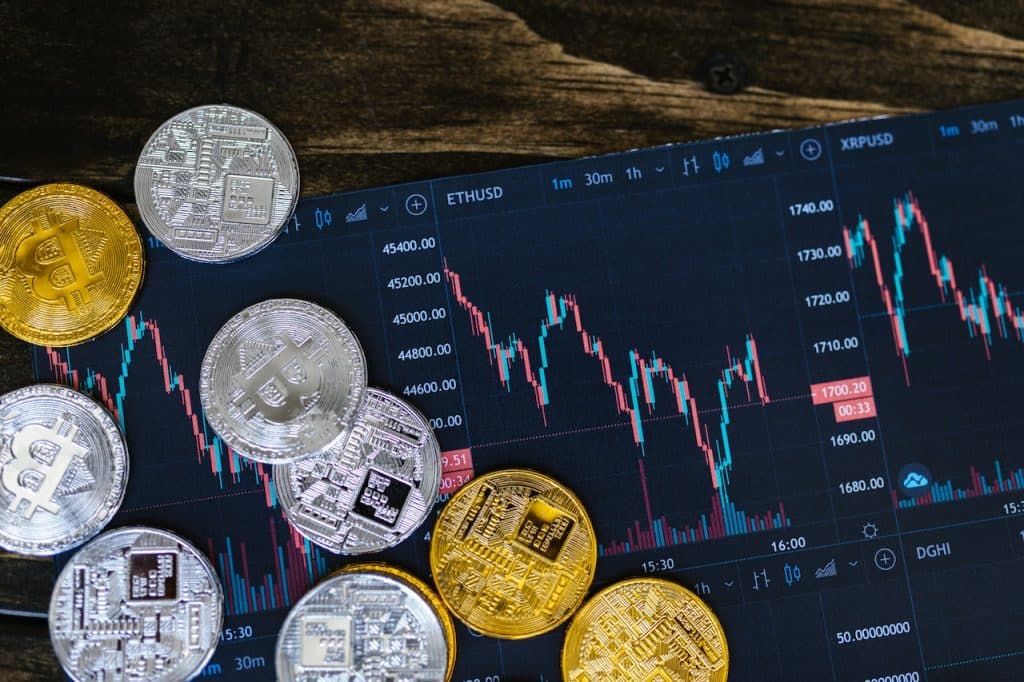If you’re looking to trade cryptocurrencies, you need a crypto exchange. But there are so many exchanges out there, how do you know which one is right for you? And what if the one that seems best doesn’t have the coins that interest you? In this article, we’ll cover everything from choosing an exchange to executing trades and monitoring your portfolio. As well as offering some advice on how to avoid common pitfalls when trading crypto online.
Understanding Crypto Exchanges
A cryptocurrency exchange is a platform on which you can buy, sell, and trade cryptocurrencies. The most popular exchanges include Coinbase and Binance.
Exchanges are often referred to as «the stock market of crypto» because they allow users to buy and sell coins at the current market price. If you want to buy Bitcoin (BTC), for example, all you need do is go on an exchange like Coinbase and purchase some BTC with your local currency (USD). Once purchased, those coins will appear in your wallet right away you don’t need any technical knowledge or expertise!
But what if someone wants to trade their BTC for Ethereum (ETH)? Well, then they would use another type of exchange called an OTC or over-the-counter trading platform instead which we’ll get into later…
Choosing the Right Cryptocurrencies
You can choose from a wide range of cryptocurrencies to trade. Some factors to consider when choosing which cryptocurrencies are:
- Understandability: You should be able to understand what it is and how it works, as well as its price history before you buy any cryptocurrency.
- Liquidity: The more liquid a coin is, the easier it will be for you to buy or sell your position without affecting its price dramatically. If there aren’t many buyers or sellers at any given time on an exchange (low liquidity), then prices could move significantly before your order gets filled—or not at all!
- Volume/Volume Ratio (Total Market Cap): There are thousands of cryptocurrencies being traded today but only approximately 200 have enough volume(s) across multiple exchanges so that traders can actually make money trading them instead of just holding onto their positions until they run out completely. For example, if you want to convert USDC to ETH, you need to make sure that the exchange you are using has enough liquidity for these pairs.
Other factors to consider include the project’s team, its roadmap, and its community. You should also do your own research to understand the risks involved in trading any cryptocurrency.
Risk Management Strategies
Risk management involves the systematic identification, analysis, and responsive actions taken to address potential risks. It’s an essential part of any trading strategy, but even more so in cryptocurrency trading because of its unique characteristics.
For example, if you’re planning to convert USDC to FTM, you need to be aware of the risks involved in this transaction. Here are some tips for managing risk when converting:
Do your research. Make sure you understand the risks involved in converting cryptocurrencies, and the specific risks associated with converting USDC to FTM.
- Use a reputable exchange. Choose an exchange that has a good reputation and that is known for its security.
- Use a limit order. A limit order allows you to specify the price at which you want to buy or sell a cryptocurrency. This can help you to limit your losses if the price of the cryptocurrency moves against you.
- Use stop-loss orders. A stop-loss order is a directive to sell a cryptocurrency once it reaches a designated price point. This can help you to limit your losses if the price of the cryptocurrency falls sharply.
Technical Analysis and Chart Reading
Technical analysis is a method of analyzing the price of a cryptocurrency and making predictions about future performance. It involves looking at charts and graphs, which can be helpful in determining when to buy or sell.
There are many different types of technical indicators that traders use to predict where prices might go next: Bollinger bands (BB), Fibonacci retracement levels (Fibs), and support and resistance levels (SRs). These allow you to identify trends in the market so you can determine if it’s likely that your coin will go up or down after taking into account historical information about its price movements over time.
Monitoring Your Trades
The next step is to monitor your trades. This can be done through a variety of methods, from keeping an eye on the price movements in real time to charting out historical data and forming conclusions based on that information. The most popular method for doing this is technical analysis (TA), which involves looking at charts and indicators like moving averages, Bollinger bands, and MACD lines in order to make decisions about whether or not it’s wise to buy or sell cryptocurrency at any given time.
One benefit of this approach is that it helps you avoid making emotional decisions based solely on fear or greed; instead, you’ll be able to make decisions based on objective criteria such as historical trends and technical indicators that show how strong momentum has been over time or lack thereof!
So, now you know how to trade crypto on an exchange. It’s a great way to get started with cryptocurrency and it can be very profitable if done right. However, it’s important that you understand the risks before jumping into trading with your hard-earned money or any other assets.
